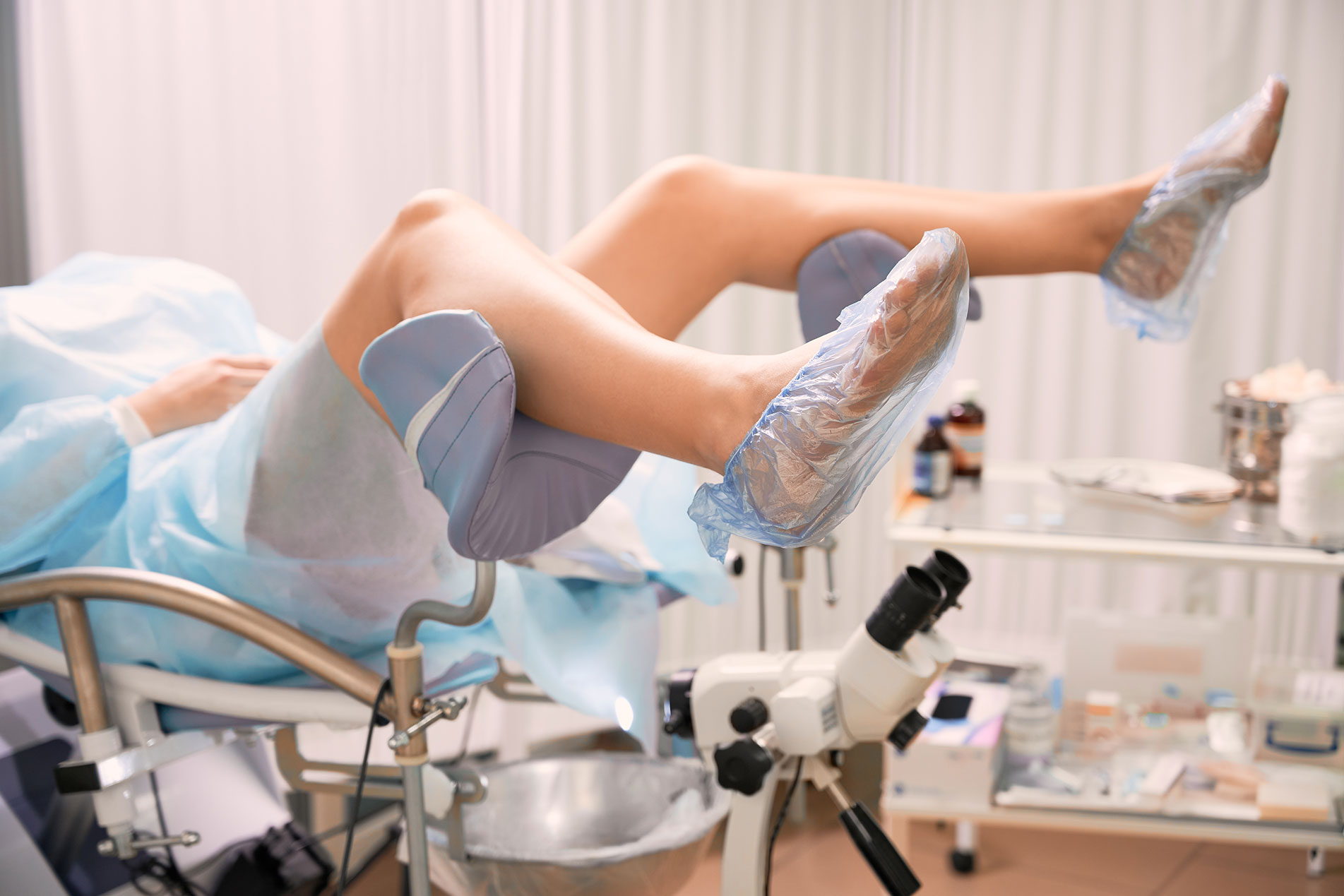The perineum refers to the region situated between the anus and the vagina. Perineoplasty is a surgical procedure designed to address deformities, imperfections, damages, and defects of the perineum. Factors such as childbirth, weight loss, trauma, and other circumstances can lead to damage and looseness of the skin around the vaginal opening. The primary objective of perineoplasty is to tighten the perineum by narrowing the vaginal opening and repairing loose, scarred, or damaged skin surrounding the vagina. Perineoplasty, also known as perineorrhaphy, not only enhances sexual satisfaction and boosts self-esteem, but it can also address cosmetic concerns and assist women in regaining a more youthful and aesthetically pleasing appearance in the perineal region.
Ideal candidate for Perineoplasty:
- Individuals with loose, bulging, or gaping skin around the vaginal area.
- Those who have experienced perineal damage following childbirth.
- Individuals with excessive scar tissue resulting from an episiotomy.
- Individuals experiencing loss of sensation during sexual activity.
- Individuals with low self-esteem related to the appearance or functionality of the perineal region.
- Individuals experiencing urinary or bowel incontinence.
The recovery process after perineoplasty will involve the following elements:
- After undergoing a perineoplasty procedure, patients should anticipate a recovery period that spans several weeks.
- It is normal to experience discomfort, swelling, and bruising during this time.
- To aid in healing and alleviate pain and discomfort, pain medication and antibiotics will be prescribed.
- Taking proper care of wound care and hygiene is essential to prevent infection.
- It is advised to refrain from inserting tampons into the vagina for a minimum of six weeks.
- Physical activities should be restricted during the recovery period
- Sexual intercourse should be avoided for a duration of six weeks.
Frequently Asked Questions
Many individuals choose perineoplasty to address concerns related to loose skin around the vaginal opening. This condition can result in reduced sexual satisfaction or feelings of self-consciousness. In certain cases, muscle damage may also contribute to issues of incontinence.
The procedure generally takes approximately one hour to complete.
During the surgery, you will not feel any pain as anesthesia will be administered. However, it is common to experience discomfort in the post-operative period. To alleviate any discomfort, anti-inflammatory medications and pain relievers are generally prescribed.
Yes, perineoplasty does assist in tightening the opening of the vagina. However, it does not impact the vaginal canal or the internal portion of the vagina.
The primary cause of perineal damage is childbirth. Additionally, factors such as genetics, significant weight loss or weight gain, high-impact sports or exercise, as well as trauma or injury can contribute to perineal damage.
The results of your Perineoplasty procedure are typically long-lasting and expected to endure throughout your lifetime. However, it is important to note that if you undergo another vaginal delivery in the future, it may potentially impact the results.
Perineoplasty surgery carries several recognized risks, which may include:
- Painful sexual intercourse
- Not achieving the desired outcome
- Constipation
- Bleeding
- Wound infection


